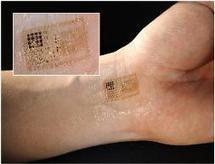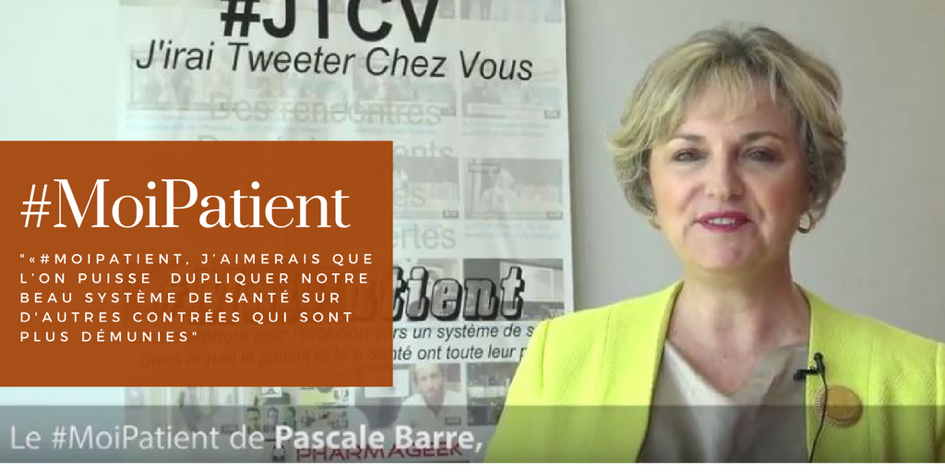Le patient, le médecin et Dr. Google
12/02/2013When does adoption of health information technology by physician practices lead to use by physicians within the practice? — McClellan et al. — Journal of the American Medical Informatics Association
12/02/2013A short history of mobile health
The first mobile health device invented in 1975 is credited to the work of Gregory Lektman at Biosig Instruments. He collaborated with several companies included Polar Electro of Finland, which in 1977 introduced the first commercial wireless heart rate monitor. Healthy people – running and cycling enthusiasts – were able to train and perform better knowing more about their personal and physiological performance. The infection spread and Finland may well be the birthplace of today’s mobile health industry.
As more and more companies introduced heart rate monitors, the technology behind the product was fueled by a parallel technology progression across numerous industries. Boundaries disappeared and sensors became more available, sophisticated, smaller, implantable, injectable, and even tattoo-able. The integration between smartphones and sensors has sprung to life moving medicine, fitness, wellness, and human productivity to new levels, possibly as one industry.
Kevin Kelly and Gary Wolf collaborated in 2007 with users and tool makers who shared a common interest in self-knowledge through self-tracking. This was the start of the Quantified Self Movement. Mobile health took a quantum leap forward and Quantified Self lead to Participatory Health, Health at Home and Hospital at Home. In essence the ability to deliver care anywhere.
Do you remember doctors making house calls? Well, this medical practice has returned because mobile technology has eliminated the physical and time barriers between the patient’s home and the hospital. And, mobile health incubators growing new mobile health companies are further enabling the collaboration and communication between doctor and patient that is further fueling the new consumer-centric healthcare ecosystem.
The 45th International Consumer Electronics Show took place this past January in Las Vegas. Over 175 companies exhibited their mobile healthcare products, most of which were not traditional healthcare companies. The rapid consumer and physician adoption of mobile health devices is real and potentially considered the future of healthcare. But the device is only part of the solution. The data is proving to be more important, and the experience of wearing a device a key driver. Doctors and patients alike are adopting and craving the next best medical or health gadget or app.
See on www.finland.org




